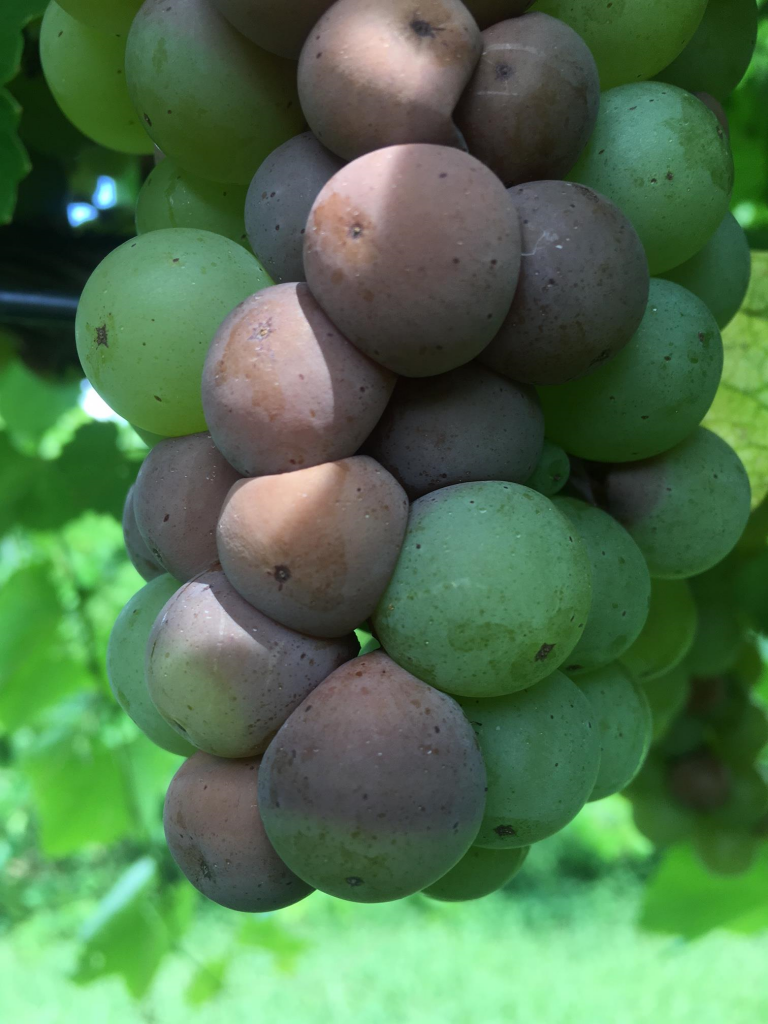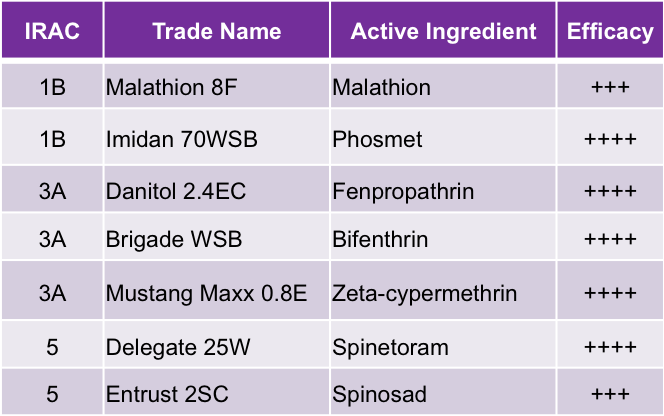
University of Georgia Cooperative Extension reminds grape producers that the time is now to plan their spotted wing drosophila management (SWD). It will help suppress sour rot disease in grapes that are vulnerable. The SWD flies are active year-round but are an extreme pest when grapes approach veraison or begin to ripen.
The brix levels in wine grapes can reach approximately 15 degress Brix, which makes them very attractive to SDW.
The flies’ presence can spread sour rot and make it worse.
As far as management strategies, it is important to harvest grapes frequently and remove any fallen or unmarketable fruit. This tactic prevents the buildup of rotting fruit and reduces sour rot inocoulum.
If there is a history of SWD or sour rot in your vineyard, insecticides are effective at killing the adult flies. Treatments should start when the grapes approach 15 degrees brix. Insecticides should be applied at least every week to 10 days. Producers need to rotate insecticides with different modes of action.

The combination of an insecticide and Oxidate 2.0 significantly reduced SWD and sour rot prevalence in UGA treated plots.
For more information about sour rot, please see UGA’s publication here: https://secure.caes.uga.edu/extension/publications/files/pdf/C%201212_3.PDF









